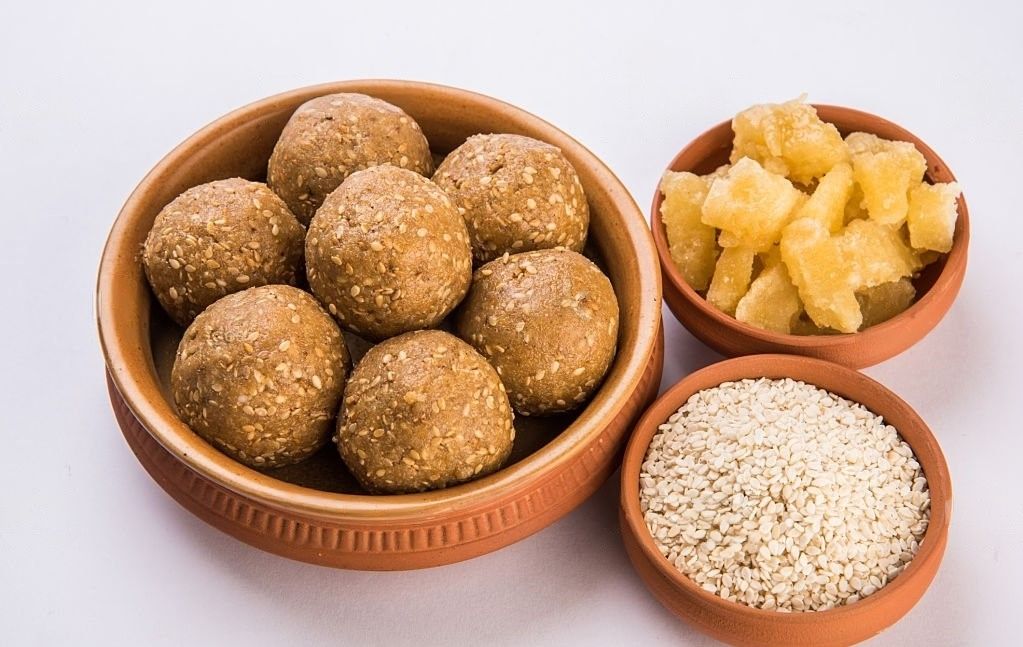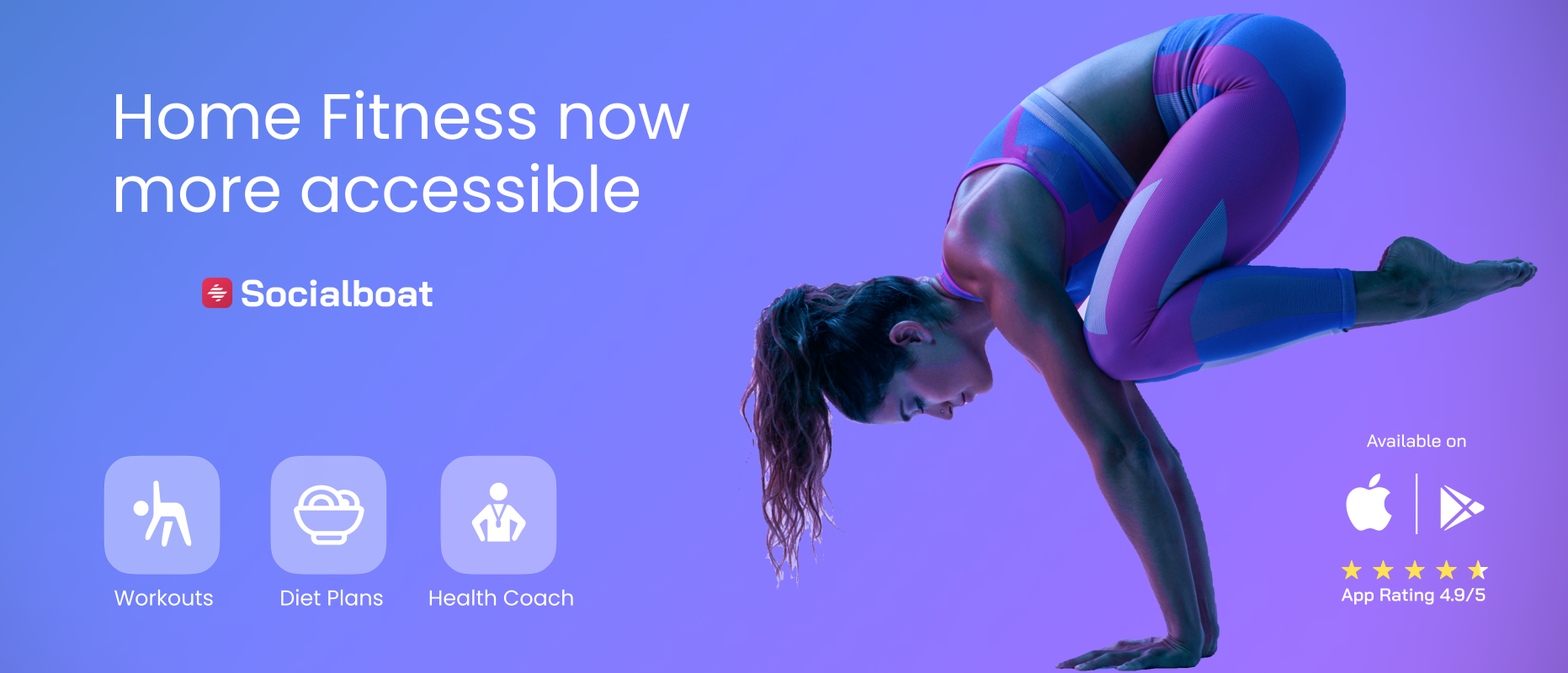Iron-Rich Foods to Combat Menstrual Fatigue: A Woman's Guide
Strategically combining foods rich in iron with those high in vitamin C can enhance the absorption of iron and contribute to holistic well-being.

For women, the menstrual cycle is a natural and recurring phenomenon that involves intricate hormonal changes. While it is a vital part of reproductive health, many women experience menstrual fatigue due to the physical and hormonal shifts that occur. To counter this fatigue and maintain optimal energy levels, it's crucial to pay attention to nutrition. Iron, a vital mineral, plays a pivotal role in addressing menstrual fatigue. In this blog, we delve into the scientific research behind the significance of iron in combating menstrual fatigue, and provide an in-depth guide to incorporating iron-rich Indian foods into your diet.
The Role of Iron in Addressing Fatigue
Iron is an indispensable nutrient responsible for a range of physiological processes. Chief among its functions is the formation of hemoglobin—a protein in red blood cells responsible for transporting oxygen from the lungs to tissues. Additionally, iron is essential for energy production on a cellular level. Inadequate iron levels can impede oxygen transport, leading to fatigue and reduced vitality.
Iron Deficiency and Menstrual Fatigue
The menstrual cycle can lead to blood loss, especially in women with heavier periods. This blood loss translates to a temporary drop in iron levels, subsequently affecting oxygen transport and energy production. This drop is a prime factor contributing to menstrual fatigue experienced by many women.
Indian Iron-Rich Foods: A Solution to Menstrual Fatigue
Incorporating iron-rich Indian foods into your diet can effectively counteract menstrual fatigue. Here are scientifically grounded pointers on the Indian foods that can help combat fatigue:
- Spinach (Palak): This leafy green is a storehouse of non-heme iron, which is important for individuals following a vegetarian diet. Additionally, spinach contains vitamin C, which enhances the absorption of non-heme iron.
- Lentils (Dal): Lentils are a staple in Indian cuisine and are rich in both protein and iron. They are also an excellent source of folate, a B-vitamin that aids in iron absorption.
- Black Chickpeas (Kala Chana): These legumes provide a healthy dose of iron and are often used in various Indian dishes. Their combination with vitamin C-rich foods can optimize iron absorption.
- Pomegranate (Anar): Packed with vitamin C, pomegranate not only enhances iron absorption but also provides an array of antioxidants that contribute to overall health.
- Sesame Seeds (Til): Sesame seeds are an abundant source of iron and can be easily incorporated into Indian dishes. They're also rich in calcium and healthy fats.
- Jaggery (Gur): A traditional sweetener, jaggery is rich in iron and can be a healthier alternative to refined sugar. Its consumption can contribute to maintaining iron levels.
- Beetroot (Chukandar): This vibrant vegetable contains both iron and folic acid, a nutrient that supports iron absorption and red blood cell formation.
SUMMARY
Menstrual fatigue is a common concern for women, but the right dietary choices can make a significant difference. Iron-rich Indian foods play a crucial role in combating fatigue during the menstrual cycle. By understanding the science behind iron's role in oxygen transport, energy production, and overall well-being, women can empower themselves to take charge of their energy levels. The inclusion of foods like spinach, lentils, black chickpeas, pomegranate, sesame seeds, jaggery, and beetroot can effectively address iron deficiency and alleviate menstrual fatigue. Pairing these foods strategically with vitamin C-rich options optimizes iron absorption and supports overall health.
Jayti Shah is a Clinical Nutritionist with a master's degree in Clinical Nutrition and Dietetics. She is a member of the Indian Dietetic Association (IDA). Over the last 9 years, she has helped 400 clients in their clinical and weight loss journeys. She works with SocialBoat as a nutrition consultant.
At SocialBoat, we offer custom diet plans and guided workouts to help you achieve your goals in a 360-degree approach. Our gamified experience ensures that you don’t find workouts boring and we reward you for being consistent with your efforts.

REFERENCES
- National Institutes of Health. (2020). Iron. https://ods.od.nih.gov/factsheets/Iron-Consumer/
- Hurrell, R. F. (2010). Iron and folate bioavailability in humans. The American Journal of Clinical Nutrition, 91(5), 1461S-1467S.
- Monsen, E. R. (1988). Iron nutrition and absorption: dietary factors which impact iron bioavailability. The Journal of the American Dietetic Association, 88(7), 786-790.
- Monsen, E. R. (1997). Dietary reference intakes for the antioxidant nutrients: vitamin C, vitamin E, selenium, and carotenoids. Journal of the American Dietetic Association, 97(7), 789-790.
- Han, D., & Burgess, J. R. (2015). Beetroot consumption enhances oxygen delivery to the muscles and brain, lowers blood pressure and increases exercise performance. Journal of the Academy of Nutrition and Dietetics, 115(3), 487-488.
- Hallberg, L., Brune, M., Erlandsson, M., & Sandberg, A. S. (1991). Calcium: effect of different amounts on nonheme- and heme-iron absorption in humans. The American Journal of Clinical Nutrition, 53(1), 112-119.
